What Is Photoperiod Cannabis?
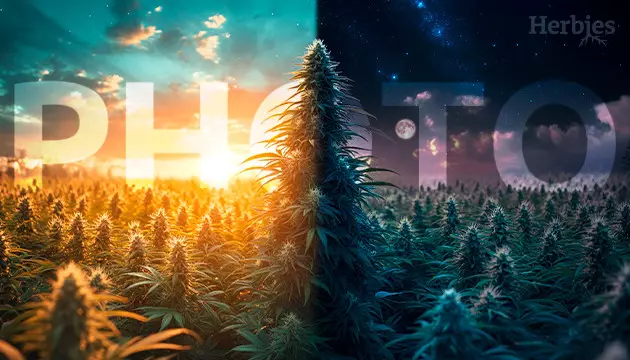
If you are a novice grower, you may be wondering what photoperiod cannabis is and what to expect when buying such seeds. In short, this cannabis type requires specific light cycles to trigger the flowering stage. Such strains are also known for producing larger plants and more abundant and potent buds, but they also need more care and require a longer growing time. In this article, we'll cover everything photoperiod-related, including their benefits, drawbacks, and even some tips on how to choose the right strain for your needs.
So, What Exactly is Photoperiod Cannabis?
Photoperiod marijuana is the most common type of weed that exists in nature. Almost all varieties and genetic modifications of cannabis out there are photoperiod, with the exception of Ruderalis. Their main trait is that as soon as the daylight hours are shortened, photoperiod cannabis receives an internal signal that the colder time of the year approaches. So they start blooming and pollinating each other in order to produce seeds before the season ends, and continue the existence of their species.
How Photoperiod Cannabis Works
In the vegetative stage, cannabis plants require more light, with the usual schedule being 20/4 light-to-darkness ratio. Some growers also use a 16/8 or 18/6 schedule depending on their preferences and needs. To induce flowering, photo plants need a switch from, say, 18 hours of light to at least 12 hours of light and 12 hours of darkness, which most growers usually set until harvest.
Photoperiod Indicas vs. Sativas
Photoperiod marijuana strains are generally divided into two types – Indica and Sativa. Sativas originate from tropical regions, so they require more light and are characterized by longer veg periods. The letter can last up to 12-15 weeks, and the plants can reach the size of a small tree. Sativa plants can be cultivated outdoors, but in warmer climates where concealment isn't an issue.
Indicas, on the other hand, come from the Hindu Kush region, known for its harsher climate and colder temperatures. This makes them a sound option for outdoor cultivation in more challenging environments. Indica plants are also shorter than Sativas and mature faster, making them a good choice for indoor growing as well.
Photoperiod vs. Autoflower: What's the Big Difference?
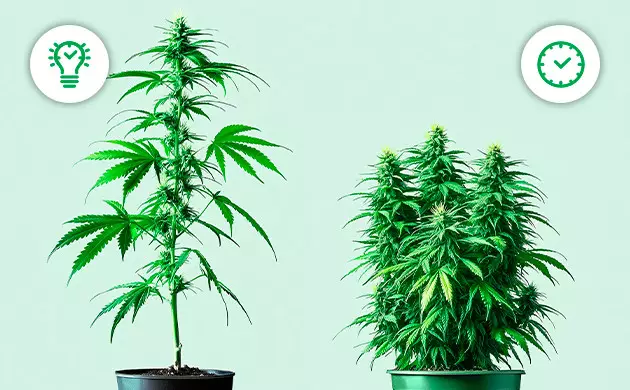
The key distinction between autoflowering vs. photoperiod strains is that the former start blooming automatically when their time comes and don't need any change in lighting for that to happen. On the contrary, photoperiods need a switch to at least 12 hours of darkness to transition from the vegetative growth to flowering.
The autoflowers' life cycle is predictable, making them a great choice for beginner growers. These plants are usually smaller than photoperiods, which makes them ideal for indoor cultivation. Their independence from lighting ultimately leads to a much faster harvest, but the yields are usually smaller compared to photoperiod weed plants. Autoflowers' cannabinoid levels, such as THC and CBD, are also typically lower, although some newer strains are closing this gap. Additionally, autoflowers can't be cloned.
Photoperiod seeds are available in a vast number of varieties, and the plants they produce are generally larger than autoflowering cannabis plants when they reach the flowering time. Their buds are also bigger and usually have higher THC and CBD levels. However, this comes with a much longer seed-to-harvest time – around 7 months – and requires careful management of lighting. In general, photoperiod weed plants demand more care and a higher level of skill.
Photoperiod vs. Autoflowering strains: Which Are Best for Beginners?
Beginners often resort to feminized autoflowering seeds. With them, you don't need to worry about male plants destroying your harvest, as well as don't need to have a high level of competence in growing weed, or change lighting.
If you're ready to kickstart your green-thumb adventure without breaking a sweat, dive into our fabulous array of autoflower seeds and discover the one that's just waiting to bloom in your garden.
That being said, many photoperiod strains are also great for beginners! With a bit of research before you start, you can achieve higher yields and increased THC content. Our blog provides all the essential information a novice grower needs for a successful cannabis cultivation. Now, let's see why many people still opt for them.
Why Pick Photoperiod Cannabis?
Photoperiod cannabis is a timeless classic in the world of cultivation, known for its high yields and potent effects. Despite the popularity of autoflowering varieties, photoperiod plants remain more common and usually more potent, as well as sport a wider variety of flavors.
Photoperiods also offer more opportunities for training, a more hand-on approach to growing and greater control over the process, which attracts experienced cultivators. Large yields and genetic purity make photoperiod varieties a favorite among growers, despite the fact that they require more effort.
At Herbies, you can find plenty of photoperiod seeds that will be worth all your efforts and reward you with a bountiful harvest.
Light Schedules: The Secret Sauce for Photoperiod Cannabis
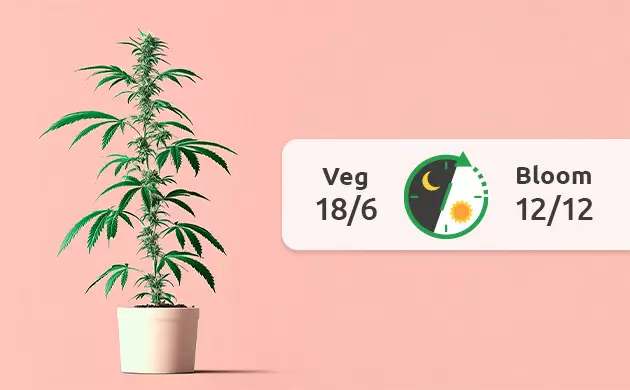
When you start growing photoperiods, you might be asking yourself how much light photoperiods really need. As the life cycle of photoperiod cannabis plants entirely depends on lightning, it's no wonder that knowing how to set up and control it is crucial for every grower cultivating photoperiod strains. Now, let's discuss it in more detail.
Growing Indoors? Here's How to Control Your Light
For successful indoor grow, you'll need to get a reliable timer for your lighting system. It'll automatically turn the lights in your grow room on and off, making it easy to maintain the schedule. During the vegetative stage, use an 18/6 or 20/4 light cycle, and switch to 12/12 for flowering.
While keeping the lighting schedule can take more effort, you'll be rewarded with higher yields if you keep your plant vegetating for a bit longer. Once it reaches the desired height, simply switch the lights to 12/12.
Can you grow photoperiod plants year-round indoors? Absolutely! As long as you provide optimal conditions and set the lighting properly, your grow won't be affected by the weather.
Outdoor Growing: Let Nature Do the Work
As the main feature of photoperiod strains is their reliance on light cycles, meaning the plants won't bloom until daylight hours shorten to 12–14 hours. The flowering times listed in the strain's characteristics are approximate and can take 1-3 weeks longer, depending on the environmental conditions, lighting, nutrients, and stress factors. Be sure to account for this when planning your grow.
When growing outdoors, you need to consider all that, as well as possible light pollution from sources like outdoor lights, security floodlights, or even a flashlight. This can prevent your plant from transitioning into the flowering stage or trigger revegetation. Choose a growing location that is remote and free from any consistent or occasional light pollution.
Common Growing Challenges with Photoperiod Cannabis
As we mentioned, growing photoperiods can be somewhat more challenging compared to autoflowers, and there are some common issues growers may face in the process.
What Happens if I Mess Up the Light Cycles?
When cultivating photoperiods, growers must maintain a strict lighting schedule. If the light cycle shifts irregularly, for instance, changing from 18/4 to 12/12 and then back to 18/4, or if the plants face light pollution or stress, they may start flowering too quickly, revegetate, or yield no harvest at all.
Light Stress: What Happens If Things Go Wrong?
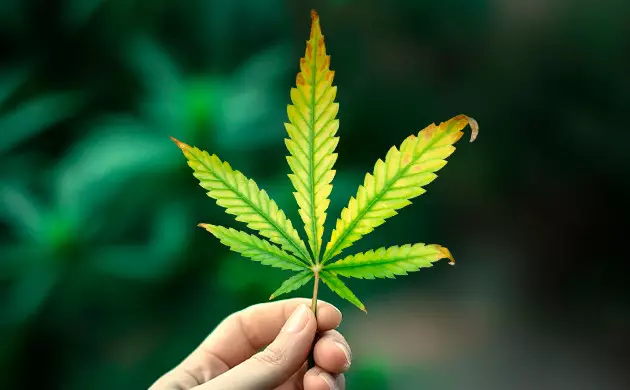
Too much light is a serious issue that must be addressed immediately. During flowering it can degrade THC in the resin. Signs of excess light are burnt leaves and buds near the light source, while other parts of the plant look normal. In this case, raise the light or reduce its brightness.
It is also important to keep an eye on lighting during vegetation, as plants can stretch out quickly and, thus, face light stress. If the lamp is already at its maximum height, it is worth replacing it with a less bright one. Light burns are often accompanied by heat stress, so increased ventilation will help.
When grown outdoors, light pollution, for example from street lights, can prevent photoperiod plants from blooming on time or cause a return to the vegetative stage. To prevent this, you can cover your plants to block light during dark hours, ensuring proper ventilation. Just keep in mind that natural light from the moon and stars won't cause any issues.
Dealing with “Hermies”
Hermaphroditism in marijuana refers to the presence of both male and female characteristics on the same plant, leading to self-pollination and reduced crop quality. This typically occurs due to stress or genetic predisposition. Interrupting the dark period with light increases the risk, so you should prevent any light exposure at night, especially when growing outdoors.
Regularly inspect your plants. If male flowers ("bananas") appear, carefully remove them with scissors or tweezers, avoiding the release of pollen. Afterward, wash your hands and spray the plants with water to neutralize any remaining pollen. If hermaphroditism occurs early in flowering and there are many male flowers, it's best to remove the plant immediately to prevent pollination of other plants.
Final Thoughts
Photoperiod cannabis strains offer growers greater control over the cultivation process, allowing for larger yields and more potent buds. While they require careful attention to light cycles and may take longer to grow, the rewards are well worth the effort. For those looking to buy marijuana seeds, choosing photoperiod strains is an excellent way to explore advanced cultivation techniques and maximize harvest potential. Whether you're a novice or experienced cannabis grower, mastering the unique needs of photoperiod plants can elevate your growing experience and lead to impressive results.
Herbies Head Shop expressly refuses to support the use, production, or supply of illegal substances. For more details read our Legal Disclaimer.






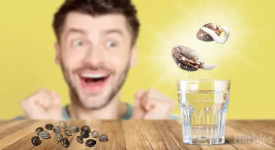

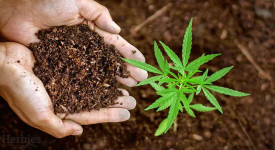


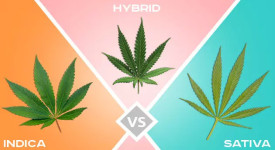


Thank you for leaving a comment for us!
Your feedback will be posted shortly after our moderator checks it.
Please note that we don’t publish reviews that: